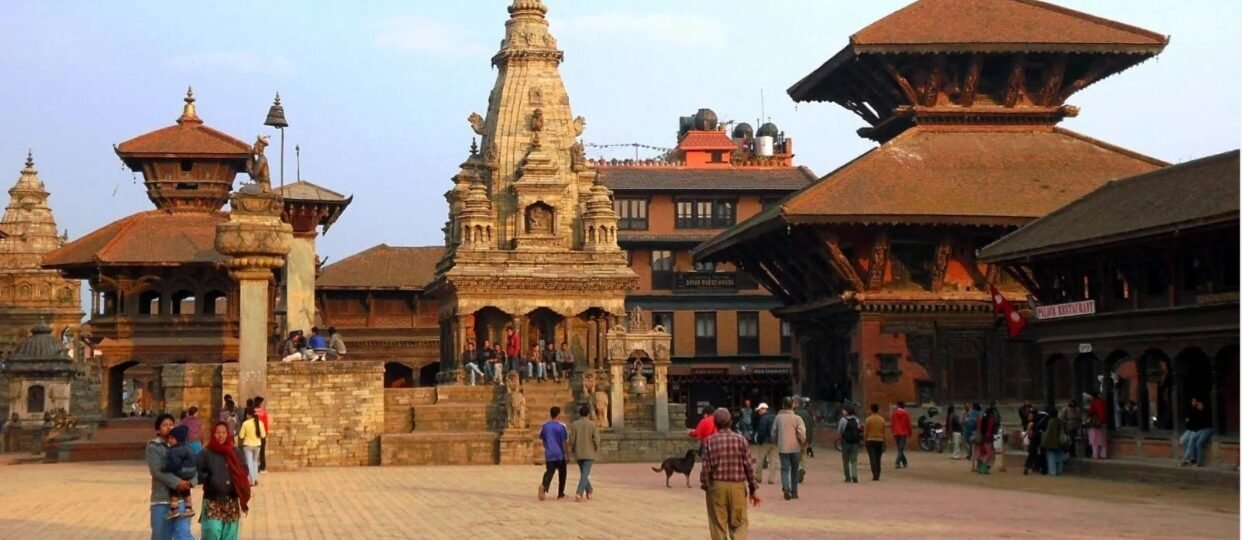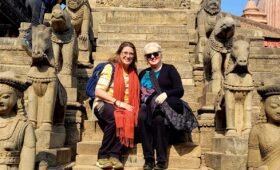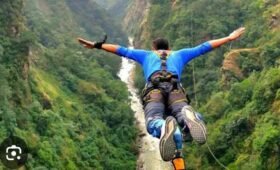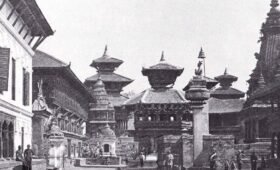Nestled in the heart of the Himalayas, the Kathmandu Valley is a veritable treasure trove of cultural and spiritual richness. This enchanting region, often referred to as the “abode of the gods,” is home to a tapestry of ancient temples, stupas, palaces, and traditions that have thrived for centuries. Visitors to the Kathmandu Valley are treated to an immersive experience that takes them on a journey through Nepal’s rich history, spirituality, and vibrant culture.
A Land of Temples and Stupas
One of the most striking features of the Kathmandu Valley is its vast array of temples and stupas. The valley is dotted with hundreds of sacred sites, each with its unique architecture, history, and significance. Among these, the most famous is the Swayambhunath Stupa, also known as the Monkey Temple. Perched on a hill, it offers panoramic views of the Kathmandu Valley and is a site of pilgrimage for Buddhists and Hindus alike.
Pashupatinath Temple, another iconic religious site, is a Hindu temple dedicated to Lord Shiva. This complex of temples, shrines, and ghats serves as a spiritual and cremation ground. The vivid rituals and ceremonies that take place here offer a glimpse into the deep spirituality that permeates the valley.
Rich Cultural Heritage
Kathmandu Valley’s cultural heritage is a testament to the diverse groups of people who have made this region their home over the centuries. The valley has been a melting pot of traditions, and it’s reflected in its vibrant festivals, art, and architecture.
The Durbar Squares of Kathmandu, Patan, and Bhaktapur are prime examples of this cultural blend. These historic squares are home to elegant palaces, courtyards, and temples that showcase intricate woodcarvings, stone sculptures, and delicate metalwork. Strolling through these squares is like stepping back in time, as you immerse yourself in the history and craftsmanship of the Newar people.
Festivals and Celebrations
Nepal is a country of festivals, and the Kathmandu Valley is no exception. Throughout the year, the valley comes alive with a plethora of celebrations, from the exuberant Indra Jatra, with its impressive Kumari Jatra procession, to the vibrant Dashain and Tihar festivals. These events are an excellent opportunity for travelers to experience the warmth and hospitality of the Nepalese people.
The Living Goddess Kumari
One of the most unique aspects of the Kathmandu Valley’s culture is the tradition of the Kumari, or Living Goddess. Chosen as a young girl, the Kumari resides in the Kumari Ghar in Kathmandu Durbar Square and makes occasional public appearances during festivals. She is a living embodiment of the goddess Taleju and is believed to bestow blessings on those who catch a glimpse of her.
Gateway to the Himalayas
Beyond its cultural and spiritual significance, the Kathmandu Valley serves as a gateway for trekkers and mountaineers looking to explore the majestic Himalayan peaks. The valley is the starting point for treks to Everest Base Camp, the Annapurna Circuit, and many other trails that offer breathtaking views and a chance to immerse oneself in the natural beauty of Nepal.
Respecting Local Traditions and Customs
While exploring the Kathmandu Valley, it’s important for travelers to respect local customs and traditions. Dress modestly when visiting religious sites, remove your shoes before entering temples and homes, and ask for permission before taking photos, especially of people. Engaging with the local community and learning about their way of life can be a rewarding part of your journey.
In Conclusion
The Kathmandu Valley is a place where the past and present coexist harmoniously, where spirituality and culture are interwoven into the daily lives of the people. Exploring this enchanting region is an opportunity to connect with the rich tapestry of history, traditions, and beliefs that make Nepal truly extraordinary. Whether you’re seeking spiritual enlightenment, cultural immersion, or an adventure in the Himalayas, the Kathmandu Valley has something to offer every traveler. It’s a destination that invites you to explore not only the physical beauty of the landscape but also the depth of human spirituality and cultural heritage.



